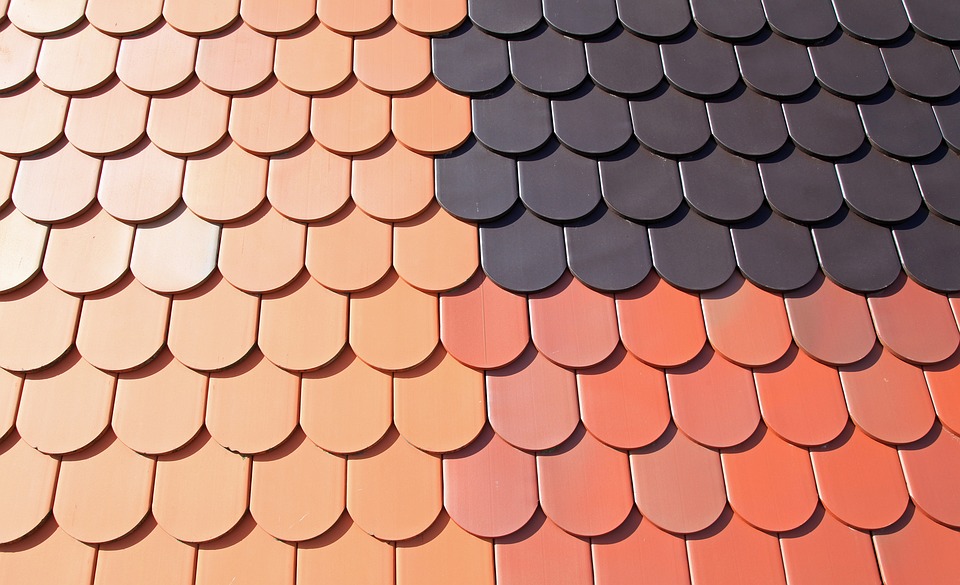Skylight: The Future of Natural Lighting in Architecture
Introduction
In the realm of architecture, the importance of natural lighting cannot be overstated. The way light enters and interacts with a space can dramatically influence its atmosphere, functionality, and overall aesthetic. With the advancements in architectural design and technology, skylights have emerged as a powerful tool that not only enhances the visual appeal of a building but also offers numerous benefits in terms of energy efficiency, well-being, and sustainability. In this article, we will delve into the world of skylights and explore why they are considered the future of natural lighting in architecture.
The Essence of Skylights
Skylights, also known as rooflights or overhead glazing, are architectural elements that consist of windows or transparent panels installed on the roof or ceiling of a building. Their purpose is to allow natural light to permeate the interior spaces, creating a seamless connection between the indoors and the outdoors. Skylights come in various shapes, sizes, and designs, ranging from simple rectangular openings to more intricate and sculptural forms. They can be fixed or operable, allowing for ventilation and additional control over the amount of daylight entering the space.
Advantages of Skylights
Skylights offer a multitude of advantages that make them an ideal choice for architects and designers seeking to optimize natural lighting in their projects. Here are some key benefits:
1. Enhanced Visual Appeal: Skylights introduce an element of visual drama by bringing in natural light from above. The interplay of light and shadow creates captivating patterns and highlights architectural features, adding depth and interest to the space.
2. Increased Daylight: By harnessing natural light from the sky, skylights reduce the reliance on artificial lighting during the day, resulting in energy savings and reduced electricity costs. The abundant daylight also enhances the overall comfort and well-being of occupants, promoting productivity and reducing eyestrain.
3. Connection with Nature: Skylights establish a direct link between the built environment and the natural world outside. They provide glimpses of the sky, allowing occupants to connect with the changing weather, observe celestial movements, and experience a sense of openness and freedom.
4. Health Benefits: Natural light has been proven to have numerous health benefits, including improved mood, increased vitamin D production, and regulation of circadian rhythms. Skylights facilitate the entry of sunlight, thereby promoting a healthier indoor environment.
5. Sustainable Design: In an era where sustainability is of paramount importance, skylights play a crucial role in reducing the carbon footprint of buildings. By maximizing the use of daylight, they minimize the need for artificial lighting, resulting in reduced energy consumption and greenhouse gas emissions.
FAQs about Skylights
Q: Are skylights only suitable for certain types of buildings?
A: Skylights can be incorporated into various types of buildings, including residential, commercial, and institutional structures. Their versatility allows them to adapt to different architectural styles and design requirements.
Q: Can skylights be installed in any location on the roof?
A: While skylights can be installed in different positions on the roof, their placement should consider factors such as the building’s orientation, the path of the sun, and the desired lighting effect. Proper positioning ensures optimal daylighting without causing excessive heat gain or glare.
Q: Do skylights require regular maintenance?
A: Like any other building component, skylights may require periodic maintenance to ensure their optimal performance. This includes cleaning the glass or panels, inspecting for leaks or damage, and clearing any debris that might hinder their functionality. Regular maintenance helps prolong the lifespan of skylights and ensures their continued efficiency.
Q: Are skylights energy-efficient?
A: Yes, skylights can significantly contribute to energy efficiency in buildings. By harnessing natural light, they reduce the need for artificial lighting during the day, resulting in energy savings. Additionally, advanced glazing technologies and insulation systems can further enhance their thermal performance, minimizing heat loss or gain.
Q: Can skylights be integrated with smart home systems?
A: Absolutely! With the rise of smart home technology, skylights can be integrated into automated systems that allow for remote control of lighting levels, shading, and ventilation. This integration enhances convenience, comfort, and energy management within the building.
The Future is Bright
Skylights have undoubtedly become an integral part of modern architecture, revolutionizing the way natural light is utilized in buildings. Their ability to create visually stunning spaces, promote well-being, and contribute to sustainable design makes them a key element in the future of architectural lighting. As technology continues to advance, we can expect even more innovative and efficient skylight solutions that seamlessly merge beauty and functionality, enlightening our built environment.
For further reading on the topic of skylights and their role in architecture, you may find this article from Architectural Digest to be a valuable resource.






